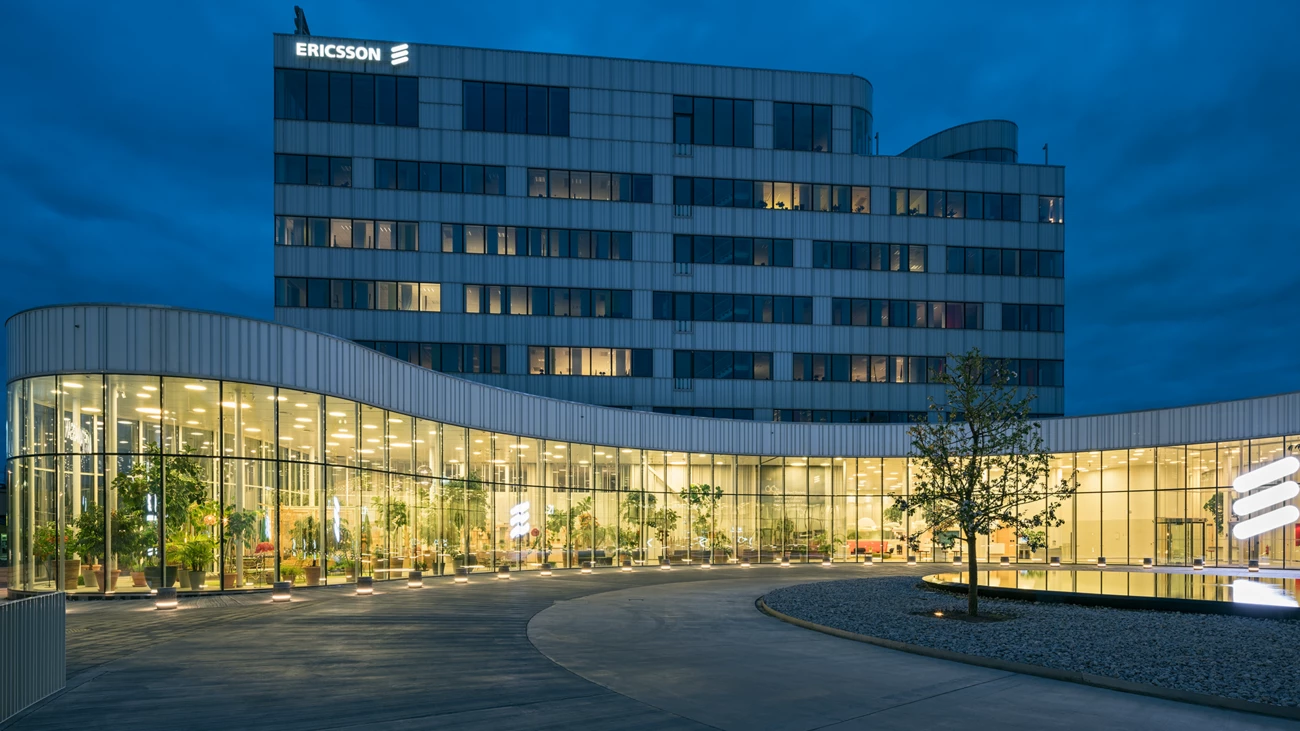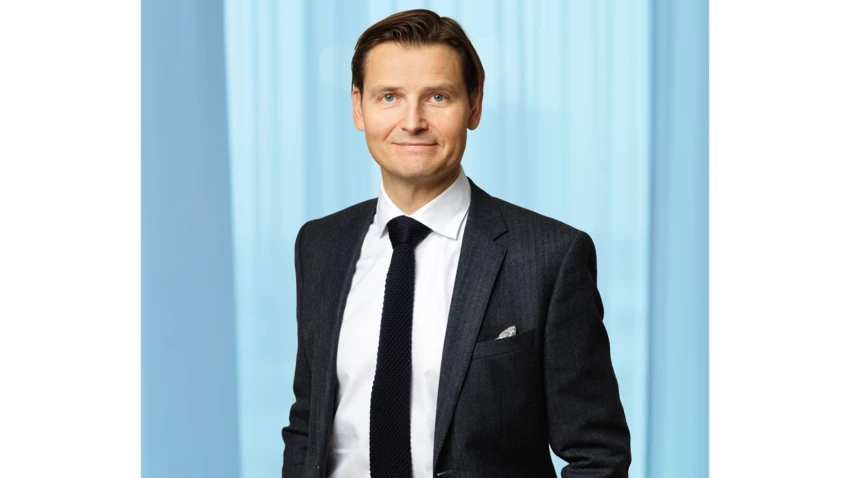JT: How would you quickly describe the business area you run at Ericsson, Managed Services?
PL: Managed Services is one of Ericsson's four business areas, which together create game-changing technology and services to provide a fully connected world.
At Ericsson Managed Services we operate and optimise networks and IT infrastructure for our customers – Communication Service Providers – enabling CSPs to differentiate themselves from competition through best-performing networks; enhanced end-user experience, run on efficient and resilient networks.
We are a leader in Managed Services, operating mobile networks with more than a billion subscriptions in more than 100 countries (including ten 5G live networks). This gives us a unique position to understand the needs and challenges of our customers.
We have been investing in AI and automation to develop a fully data-driven approach to run and optimise networks, what we call the Ericsson Operations Engine, transforming network operations from reactive to proactive, enabling issues to be identified and resolved before end users are impacted.
We believe that data-driven, AI-powered managed services and software are key to breaking the network complexity curve – a real challenge for CSPs today - as 5G, IoT and enterprise services take off.
JT: How did you respond to COVID-19 at Ericsson in your ways of working? How did remote working affect your productivity and output? How has it affected employee motivation and wellbeing?
PL: Since the outbreak of the coronavirus in China at the end of 2019, we have closely monitored the development of the virus through close dialogue with our Chinese colleagues. This information was invaluable for us in the early stages when we had to make difficult decisions quickly. On 13 March 2020, we introduced a global work-from-home guideline, which meant that all of our 100,000 employees who could work from home should do so. Since then, 85% of our employees globally have been working from home. We also introduced event restrictions and travel restrictions for non-critical business travel. This was a major change in our lives, even though we, on average, worked one day a week from home before the pandemic.
The global pandemic has meant that life as we knew it changed radically and we experienced challenges which would have been hard to imagine even two years ago. However, it has been a journey for all of us, as we adapt and learn to navigate a new world. Through employee surveys, we asked our employees to provide feedback on how they experienced working from home during the pandemic, so we can continue to learn and adapt together. The results showed us that employees feel both supported by Ericsson and the majority feel productive, and results have improved over time. We also saw that most employees would like the opportunity to work remotely two to three days per week long term, while at the same time, many miss meeting at our offices to socialise and collaborate face-to-face with colleagues. At the same time, there are employees who feel isolated and stressed and who struggle with a work-life balance.
We have introduced different initiatives during the pandemic to support our employees' mental and physical wellbeing while working from home. For example, employees could avail themselves of an ergonomic chair, desk and lamp, delivered to their home. Almost overnight, our IT teams ensured access to collaboration tools and platforms for 100,000 employees with minimal disruption. We have trained leaders in new skills, including how to lead their teams virtually – maintaining engagement and efficiency but also looking out for signs of stress. We have hosted wellbeing seminars, provided easy access to online information and experts and rolled out a mental health application. We have also launched a FIKA application, which connects five random colleagues in a Teams room for a virtual coffee, with the aim of recreating impromptu coffee chats and networking, and we have promoted Microsoft My Analytics, a voluntary tool where employees can use data insights to better manage tasks and a work-life balance.





